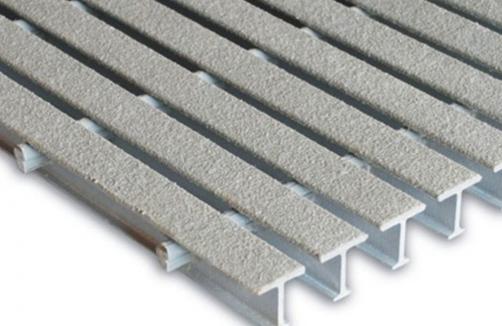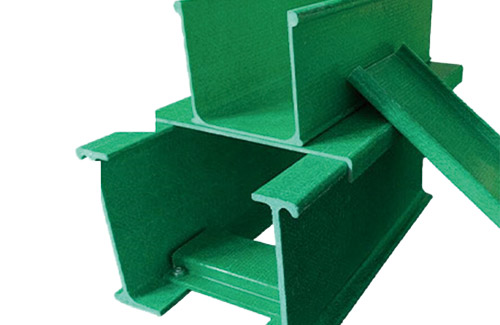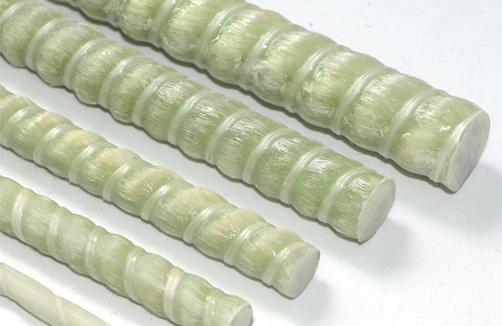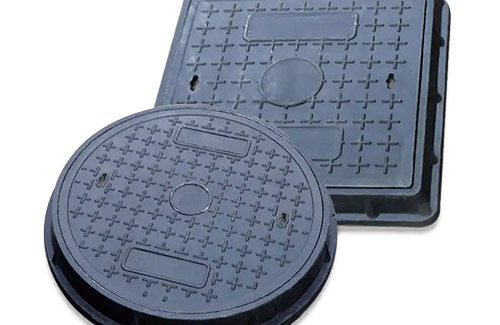The quest for sustainable energy sources has led to a surge in wind power generation, with wind turbines playing a pivotal role in harnessing this clean and abundant resource. Among the critical components of a wind turbine, the blades are central to its performance, and advancements in their design and materials directly impact efficiency and reliability. Fiber Reinforced Polymer (FRP) profiles have revolutionized wind turbine blade manufacturing, offering unparalleled strength, lightweight properties, and design flexibility, thereby driving a new era of innovation in renewable energy technology.
The Evolution of Wind Turbine Blades
Traditionally, wind turbine blades were constructed using wood or metal, but these materials had limitations in terms of weight, durability, and scalability. The introduction of composite materials, primarily Glass Fiber Reinforced Plastic (GFRP) and later Carbon Fiber Reinforced Plastic (CFRP), marked a turning point in the industry. These composites consist of a polymer resin matrix reinforced with strong, lightweight fibers, enabling the creation of longer, lighter, and more efficient blades.
Why FRP Profiles in Wind Turbine Blades?
Strength & Weight Reduction: FRP profiles allow for the creation of blades that are significantly lighter than their metal or wooden counterparts. This reduction in weight is crucial since lighter blades reduce the load on the turbine's drive train, increasing energy output and reducing wear and tear. Moreover, the high strength-to-weight ratio of FRP ensures that despite being lighter, the blades can withstand extreme wind loads and fatigue over decades of operation.
Durability & Corrosion Resistance: Operating in harsh outdoor conditions, wind turbine blades must endure fluctuating temperatures, UV radiation, moisture, and salty sea air in offshore installations. FRP profiles offer excellent resistance to corrosion and weathering, ensuring minimal degradation over time. This durability translates into reduced maintenance costs and extended operational life spans, enhancing the overall economic viability of wind farms.
Design Flexibility: FRP’s malleable nature enables the production of complex blade shapes optimized for aerodynamic performance. Advanced manufacturing techniques like pultrusion, infusion, and pre-preg processes allow for precise control over fiber orientation and density, resulting in blades tailored for maximum lift and minimal drag. The ability to customize blade profiles for specific wind conditions further enhances turbine efficiency.
Innovations in FRP Blade Manufacturing
Advanced Materials Blending: To strike a balance between cost and performance, manufacturers are experimenting with hybrid FRP profiles, blending glass and carbon fibers strategically within the blade structure. While glass fibers offer cost-effectiveness and good mechanical properties, carbon fibers provide superior stiffness and strength, particularly beneficial in the blade's root section, where loads are highest.
Manufacturing Processes: Continuous advancements in manufacturing technologies are pushing the boundaries of what’s possible with FRP blades. Pultrusion, for example, produces continuous lengths of FRP profiles with consistent quality and high strength, ideal for structural components. Vacuum-assisted resin infusion allows for large, complex parts to be manufactured in a single piece, reducing weight and improving structural integrity.
Recyclability & Sustainability: Addressing the end-of-life concerns, researchers are developing innovative recycling methods for FRP blades. Chemical recycling techniques aim to recover both the fibers and resins for reuse, closing the loop in the material cycle and contributing to a circular economy within the wind energy sector.
Impact on Wind Energy Efficiency
The adoption of FRP profiles in wind turbine blade manufacturing has significantly impacted the efficiency and economics of wind energy production. Longer, lighter blades capture more wind energy, translating into increased power output per turbine. This boost in efficiency not only makes wind energy more competitive with traditional fossil fuels but also expands the geographic range where wind farms can viably operate, including in regions with lower average wind speeds.
Conclusion
FRP profiles have become instrumental in propelling the wind energy sector forward, offering a material solution that aligns with the industry’s pursuit of higher performance, durability, and sustainability. As research and innovation continue, the potential for further optimization in blade design, manufacturing processes, and recycling strategies holds promise for an even brighter future for wind power. In the quest for clean, renewable energy, FRP profiles stand as a testament to how advanced materials science can transform industries and contribute to a greener planet. As wind turbines continue to grow in size and efficiency, the innovative use of FRP profiles will play a vital role in harnessing the wind's power to meet global energy demands sustainably.








